Atlantic White Cedar Tree (Chamaecyparis Thyoides) – 1 Gallon Pot
$39.97 Original price was: $39.97.$27.98Current price is: $27.98.
SKU: D2LSC 775718337 Categories: FRAGRANT PLANTS, Fragrant Tree Selections
- Protect Your Information, Shop with Safe Payments
- Friendly, efficient service, always online.
- Secure Shopping with Safe Payments
- Buy with confidence, backed by quality.

Atlantic White Cedar
Chamaecyparis thyoides
Other Names: Southern White Cedar, Swamp Cedar, False Cedar, white cypress
Plant Details
USDA Plant Hardiness Zones: 3a-9b Find Your Zone
Plant Type: Coniferous Evergreen Tree
Height at Maturity: 30-50’+, depending on soil moisture
Width at Maturity: 20-30′, depending on soil moisture
Spacing: 10-15′ for privacy screens; 30 feet or more for space between trees
Spacing: 10-15′ for privacy screens; 30 feet or more for space between trees
Growth Habit / Form: Upright, Pyramid
Growth Rate: Moderate
Flower Color: Red-Yellow male flowers, Green female flowers
Flowering Period:
Flower Type:
Fragrant Flowers:
Foliage Color: Light Green to Blue-Green,
Fall Foliage Color: Violet-Red to Bronze-Red cast in winter
Fall Foliage Color: Violet-Red to Bronze-Red cast in winter
Fragrant Foliage: Yes, ginger scented
Bark Color: Reddish Brown
Cones: Yes, Blue turning to Brown
Sun Needs: Full Sun, Mostly Sun
Water Needs: Average to High – prefers consistently moist soil
Soil Type: Clay, Loam, Sandy, Silt – prefers consistently moist soil
Soil Drainage: Moist to Wet
Soil pH: 4.0 – 6.0
Maintenance / Care: Low
Attracts: Butterflies, Birds, Visual Attention
Resistances: Cold Temperatures (-30F), Deer (moderate), Disease, Heat, Humidity, Wet Soils
Description
An North American native coniferous evergreen tree that prefers life on the wet side, the Atlantic White Cedar, also called the Swamp Cedar, is perfect for planting in wet areas with poor drainage, or along ponds, streams or any wet and boggy sunny sites. Growing 30 to 50 feet tall and 20 to 30 feet wide, and truly impressive at maturity with a steepled crown, it makes for a fine specimen, small grouping or privacy screen. Very aromatic, compound, scaled, needle-like blue-green leaves have a strong ginger scent when crushed and often turn violet-red or brownish-red during the winter. The flowers of each sex are found on the same tree with very small male flowers being red to yellow and female flowers small and green. The flowers are followed by small, 1/4″ round cones that start out bluish-purple turning to brown. Reddish-brown deeply furrowed bark is also attractive, especially when the trunk is exposed on tree formed specimens. Unlike certain other cedars, this species does not fall victim to cedar-apple rust and its wood is extremely resistant to decay.
Wildlife Benefits
The Atlantic White Cedar provides cover for wildlife during the winter and extreme weather and supports the Hessel’s Hairstreak butterfly larvae.
Landscape & Garden Uses
Growing 30 to 50 feet tall and 20 to 30 feet wide with a steeple-like pyramidal form at maturity, the Atlantic White Cedar tree is ideal for use as a specimen, in small groupings or in privacy screen plantings in sites where the soil is consistently moist to boggy. A fine addition to native plant gardens, bog gardens, butterfly gardens and bird and wildlife gardens.
Suggested Spacing: 10 to 15 feet apart for screen plantings; 30 feet or more apart for space between trees, depending on soil moisture
Growing Preferences
The Atlantic White Cedar is easy to grow in most any moist but well-drained to boggy and acidic soil and full to mostly sun. It prefers an acid soil ranging between 4.0 to 6.0 on the pH scale. Maintenance is minimal to none. Pruning isn’t necessary, however selective pruning for shaping purposes or to tree form can be done. Avoid pruning in the spring when the tree is emerging from dormancy. Prune in late winter.
Plant Long & Prosper!
Meet The Wilson Brothers & Staff
Questions? Contact Us!
Be the first to review “Atlantic White Cedar Tree (Chamaecyparis Thyoides) – 1 Gallon Pot” Cancel reply
Related products
Sale!
FRAGRANT PLANTS
Sale!
FRAGRANT PLANTS
Silver Leaf Mountain Mint (Pycnanthemum Incanum) – 1 Gallon Pot
Sale!
FRAGRANT PLANTS
Sale!
FRAGRANT PLANTS
Simply Scentsational Sweetshrub (Calycanthus ) – 2 Gallon Pot
Sale!
FRAGRANT PLANTS
Sale!
FRAGRANT PLANTS
Sale!
FRAGRANT PLANTS
Sale!

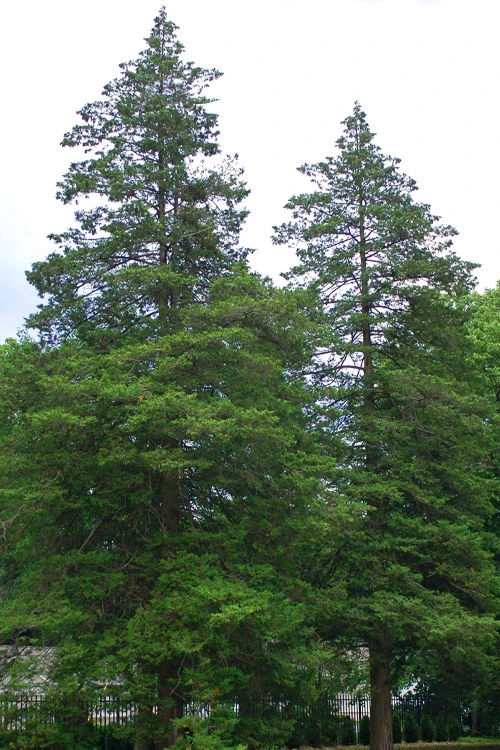

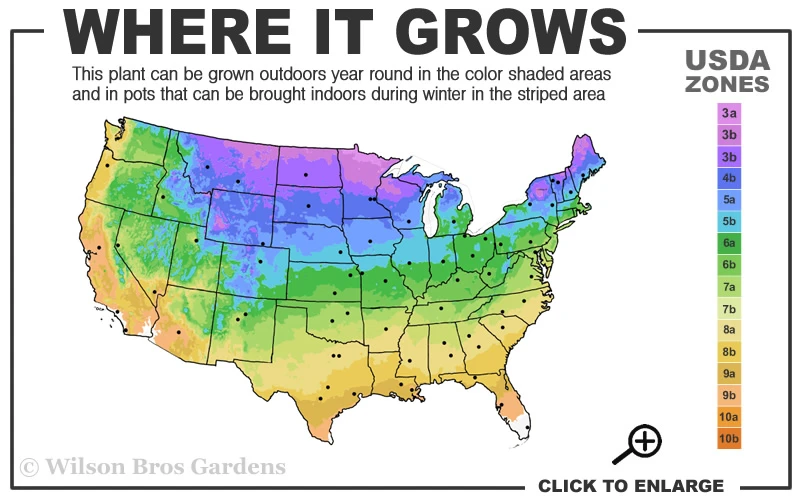
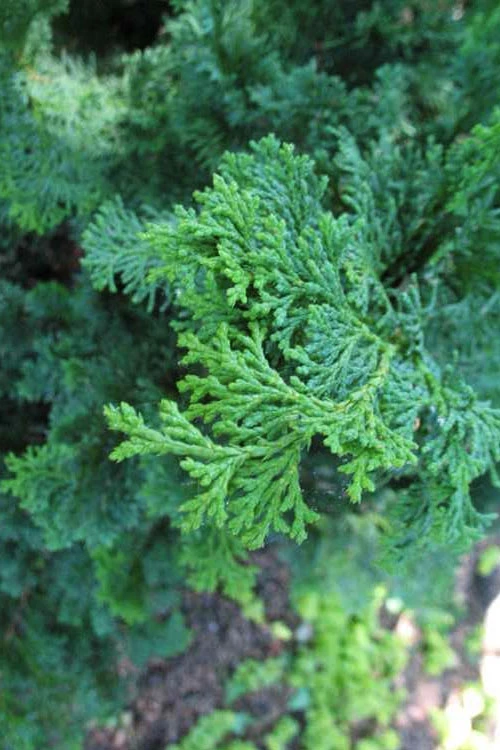

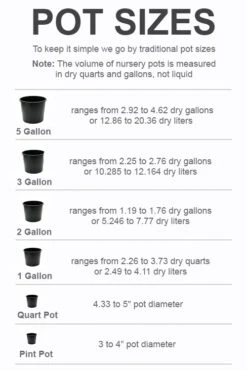





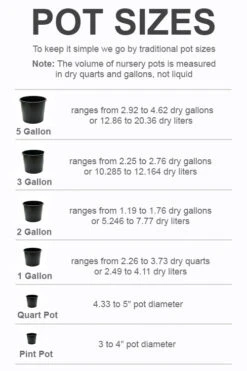
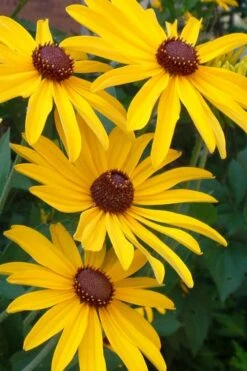





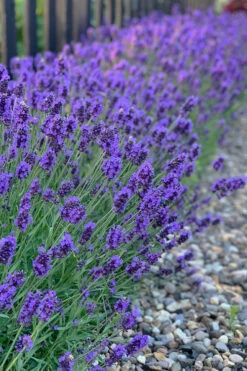





Reviews
There are no reviews yet.